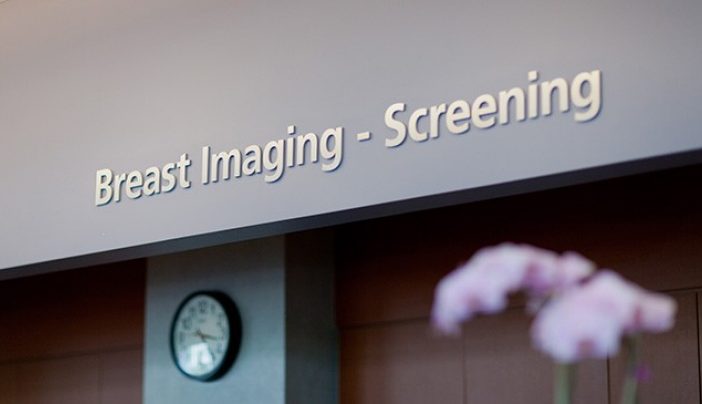What happens during a clinical breast exam?
During a clinical breast exam (CBE), which is sometimes called a CBE or physical exam, a health care professional examines your breasts for differences, anomalies, etc.
First, your clinician — who might be a physician, advanced practice registered nurse or physician assistant — will ask you to undress from the waist up. Next, they will examine your breasts and the surrounding areas. They are looking for any of the following:
Differences in the shape and size of the breasts
Changes in the direction of your nipples
Skin appearance, including scars
Masses that can be seen or palpated
Nipple discharge (spontaneous or non-spontaneous)
Excess tissue in your armpit or axillary region
Lymph nodes around your chest, collarbone and armpits that can be felt or seen
A clinical breast exam is both a visual inspection and a palpable one. This means your clinician will examine you with both their eyes and their hands to note any masses or abnormalities.
During the exam, your clinician may ask you to move your arms into different positions, such as placing your hands on your hips or raising them above your head. This allows them to see how your breasts’ appearance may change in response to such movement.
What happens if there is a suspicious finding?
If a health care professional finds anything suspicious during your clinical breast exam, you will be referred for diagnostic imaging.
During these imaging procedures, a breast diagnostic radiologist will confer with the clinician who performed your physical exam and provide a detailed report of the imaging findings and the concerns raised from the clinical breast exam. This provides a comprehensive approach and benefits you as the patient and your entire health care team.
Breast diagnostic imaging options can include one or more of the following.
Mammogram: X-rays of your breasts.
Breast ultrasound: Sound waves create a picture of your breasts; also called a sonogram.
Breast magnetic resonance imaging (MRI): Magnets and radio waves are used to view your breast tissue.
Who needs a clinical breast exam?
MD Anderson recommends the following breast cancer screening timeline for women at average risk for breast cancer.
Women age 25 to 39 should obtain a clinical breast exam every one to three years.
Women age 40 and older should receive a mammogram and clinical breast exam every year.
Curious why average-risk women age 25 to 39 only need a clinical breast exam and not a mammogram? That’s because breast cancer is less commonly diagnosed in this group. Research in this age group shows that mammograms are less sensitive and may show false positives, especially for women with dense breast tissue.
RELATED: How to reduce your breast cancer risk
Starting at age 40, women should get a mammogram and a clinical breast exam every year. Combining both methods allows us to find breast cancer early through the use of additional studies that may provide more diagnostic details. If breast cancer is found early, it leads to better patient outcomes. For example, this may mean we can treat a patient with only surgery and avoid using chemotherapy.
Think of your clinical breast exam and your mammogram as a team. If you skip a clinical breast exam and only get a mammogram, you’re limiting your care options. Each aspect of your care works together to achieve the best possible result.
Why should I get a clinical breast exam?
Clinical breast exams help you get familiar with your breasts and establish a baseline evaluation for you.
If something suspicious is found during a clinical breast exam, your care team can immediately order diagnostic imaging. This makes it possible for us to find breast cancer earlier when it is easier to treat.
Early detection saves lives.
My advice to patients who are eligible for clinical breast exams? Prioritize your health. Schedule your clinical breast exam on the same day as your annual mammogram.
Schedule a mammogram at MD Anderson online or call 1-844-240-7092.

